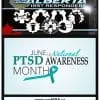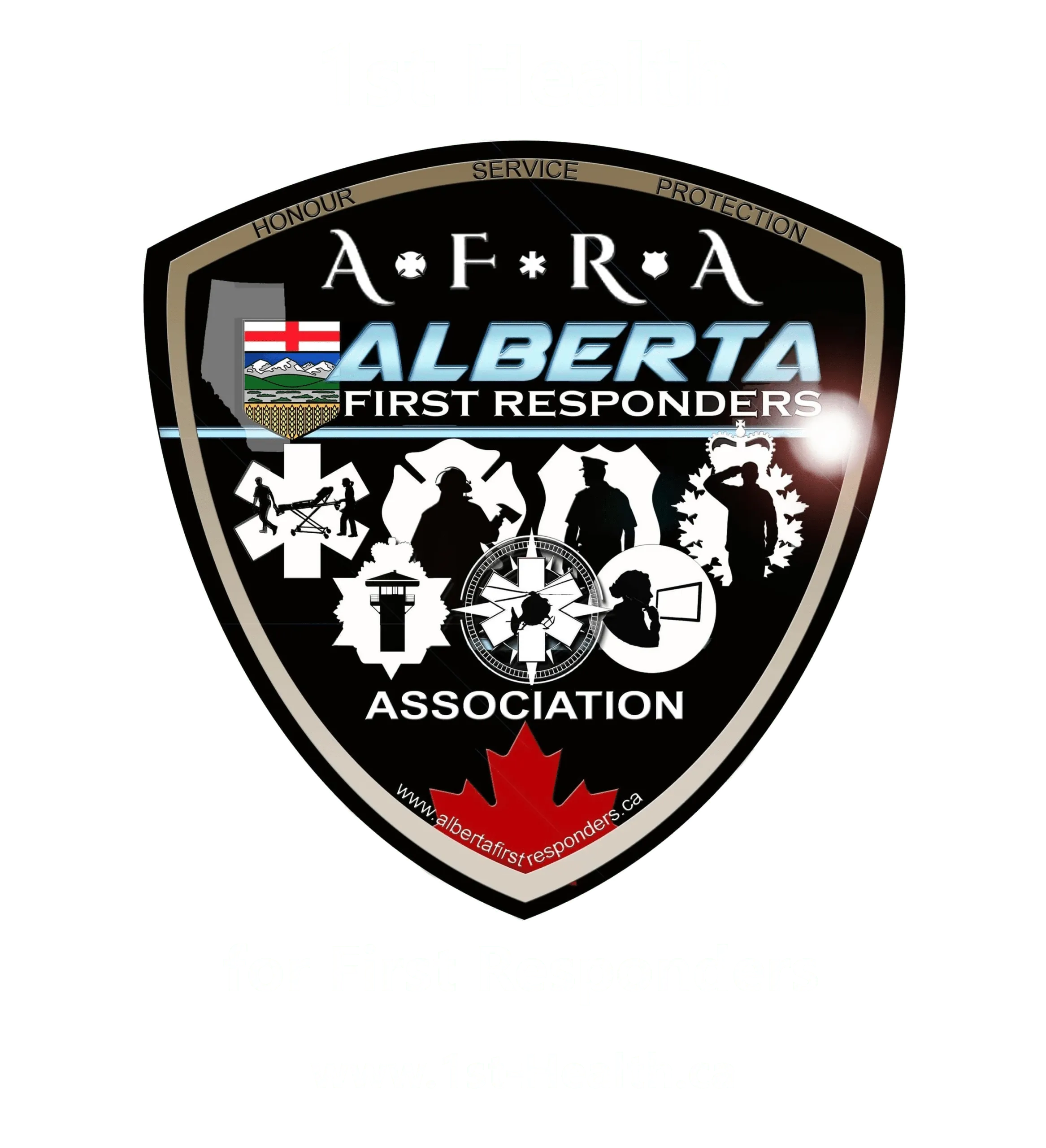Module 1: Understanding Stress & Trauma
This module pulls back the curtain on the profound impact your profession has on your mind and body. It’s about understanding the internal landscape of a first responder – how your unique experiences shape your physical and psychological well-being. We’ll explore the types of stress and trauma you encounter, how your body responds, and the initial signs that you might be struggling.
The First Responder Experience: Beyond the Call
Being a first responder isn’t just a job; it’s a calling that places you in situations most people will never witness. This constant exposure, coupled with inherent job demands, creates a unique stress environment.
Acute vs. Cumulative Stress:
-
- Acute Stress is the immediate, intense response to a critical incident. Think of the adrenaline surge during a multi-vehicle collision, a major structure fire, or a high-stakes tactical situation. It’s the “fight, flight, or freeze” response kicking in when your life, or someone else’s, is on the line. While necessary for survival in the moment, repeated acute stress responses take a significant toll.
- Cumulative Stress (or Chronic Stress) is the insidious, building pressure from daily exposures and ongoing demands. This isn’t about one big event, but the relentless accumulation of smaller stressors: repeated exposure to human suffering, administrative burdens, shift work disruptions, public scrutiny, limited resources, and the constant need to maintain composure in chaos. It’s the “death by a thousand cuts” that can slowly erode your resilience over time.
Operational Stress Injuries (OSI):
First responders aren’t just physically injured on the job; they can sustain specific psychological injuries known as Operational Stress Injuries (OSI). These are persistent psychological difficulties resulting from duties performed in the line of service. They’re not a sign of weakness, but a natural human reaction to unnatural circumstances.
-
-
- Post-Traumatic Stress Disorder (PTSD): Often misunderstood, PTSD can develop after exposure to actual or threatened death, serious injury, or sexual violence. For first responders, this could be from directly experiencing a traumatic event, repeatedly witnessing trauma, or even learning about traumatic events that happened to close associates. Symptoms can include intrusive thoughts, flashbacks, nightmares, avoidance of reminders, negative changes in mood or thinking, and hyperarousal.
- Compassion Fatigue: Also known as “the cost of caring,” this is the emotional and physical exhaustion you feel from prolonged exposure to trauma and suffering, particularly when you’re deeply empathetic to those you serve. You might feel a diminished capacity for empathy, emotional numbness, or a sense of hopelessness.
- Vicarious Trauma: This occurs when you’re indirectly exposed to others’ trauma, often through detailed accounts or witnessing suffering. For instance, repeatedly responding to child abuse cases or domestic violence incidents can lead to changes in your own worldview, core beliefs, and sense of safety.
- Moral Injury: This isn’t a mental illness but a psychological and spiritual wound that can occur when you witness, perpetrate, or fail to prevent acts that violate your deeply held moral beliefs and expectations (e.g., feeling unable to save everyone, witnessing avoidable suffering due to systemic issues, or making difficult decisions under extreme pressure that conflict with your values). It can lead to profound guilt, shame, and a loss of trust.
-
The “Adrenaline Dump” and Its Aftermath:
When you face a perceived threat, your body unleashes a powerful cocktail of stress hormones – primarily adrenaline (epinephrine) and cortisol. This is your survival response: the fight, flight, or freeze Your heart races, breathing quickens, muscles tense, senses sharpen, and pain perception decreases. While essential for performance during a critical incident, the “adrenaline dump” isn’t without cost. After the incident subsides, these hormones linger, leading to:
-
- Post-adrenaline crash: Feeling drained, shaky, irritable, or even tearful.
- Difficulty “coming down”: Your body struggles to return to a calm state, making relaxation, sleep, and normal function challenging.
Lingering physical symptoms:
Headaches, muscle tension, upset stomach, or restless energy. Understanding this physiological response is key to managing its aftermath.
Physiological & Psychological Manifestations
The stress and trauma you experience don’t just affect your mind; they manifest in tangible ways throughout your entire body. Recognizing these signs early is crucial for intervention and self-care.
Physical Symptoms:
-
- Chronic Fatigue: Feeling perpetually tired, even after adequate sleep.
- Headaches/Migraines: Frequent or worsening headaches.
- Muscle Tension & Pain: Often in the neck, shoulders, and back.
- Digestive Issues: Stomach aches, irritable bowel syndrome (IBS), nausea, or changes in appetite (eating more or less).
- Increased Illness: A weakened immune system leading to more frequent colds, flu, or infections.
- Cardiovascular Issues: Elevated blood pressure, heart palpitations.
- Sleep Disturbances: Difficulty falling asleep, staying asleep, or experiencing restless sleep.
Emotional & Cognitive Symptoms:
-
- Irritability & Anger: Snapping at loved ones or colleagues, feeling easily frustrated.
- Anxiety & Restlessness: Persistent worry, feeling on edge, or inability to relax.
- Difficulty Concentrating: Struggling to focus on tasks, easily distracted.
- Memory Issues: Forgetfulness, difficulty recalling details, or feeling mentally “foggy.”
- Emotional Numbness/Detachment: Feeling disconnected from your emotions or from others, a sense of apathy.
- Hypervigilance: Being overly alert or on guard, even when off duty, constantly scanning for threats.
- Intrusive Thoughts/Flashbacks: Unwanted, recurring thoughts or images of traumatic events that pop into your mind.
- Nightmares: Disturbing dreams related to work incidents.
- Loss of Interest/Pleasure (Anhedonia): No longer enjoying hobbies or activities you once loved.
Behavioural Changes:
-
- Social Withdrawal: Isolating yourself from friends, family, or colleagues.
- Increased Substance Use: Relying on alcohol, drugs, or even excessive caffeine to cope or “turn off” your mind.
- Changes in Sleep Patterns: Significant shifts in when and how you sleep, or severe insomnia.
- Difficulty with Relationships: Strain in personal relationships due to irritability, emotional unavailability, or conflict.
- Risk-Taking Behaviour: Engaging in impulsive or dangerous activities.
The Importance of Peer-Based Critical Incident Stress Management (CISM)
You often hear that “first responders speak a different language.” That’s never more true than when dealing with critical incidents. The bond you share with your colleagues is unique, and so is the understanding they can offer.
Understanding the Role of Formal and Informal Debriefings and Defusings:
-
- Defusing: This is a brief, informal, and immediate discussion (often within hours) after a critical incident. It’s about normalizing reactions, providing immediate emotional support, and assessing if further intervention is needed. It’s often facilitated by a peer.
- Debriefing: A more structured group process that typically occurs 24-72 hours after a critical incident. It allows individuals to systematically review the event, share their experiences, and receive education on stress reactions. This helps process the event, reduce distress, and identify anyone needing further support.
- Why Talking About It Matters: Suppressing emotions and experiences related to critical incidents can lead to them festering and resurfacing in unhealthy ways. Talking, even if it’s just with a trusted colleague who “gets it” without needing detailed explanations, validates your experience and helps you process the event safely. This shared understanding reduces feelings of isolation and shame.
Recognizing the Value of Your Department’s CISM Teams:
Most first responder agencies in Alberta have dedicated Critical Incident Stress Management (CISM) teams, often comprised of trained peers and mental health professionals. These teams are specifically equipped to provide support after traumatic events. They offer a confidential, safe space to talk, normalize your reactions, and connect you with additional resources if needed. Knowing who your CISM contact is, or how to access their services, is a vital part of your personal health strategy. Don’t wait until you’re overwhelmed; leverage these resources proactively.



